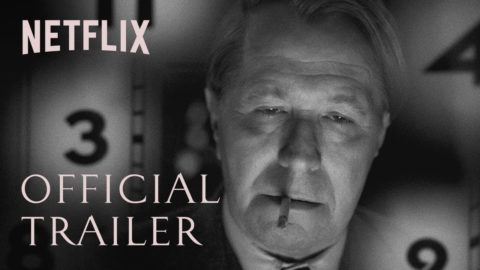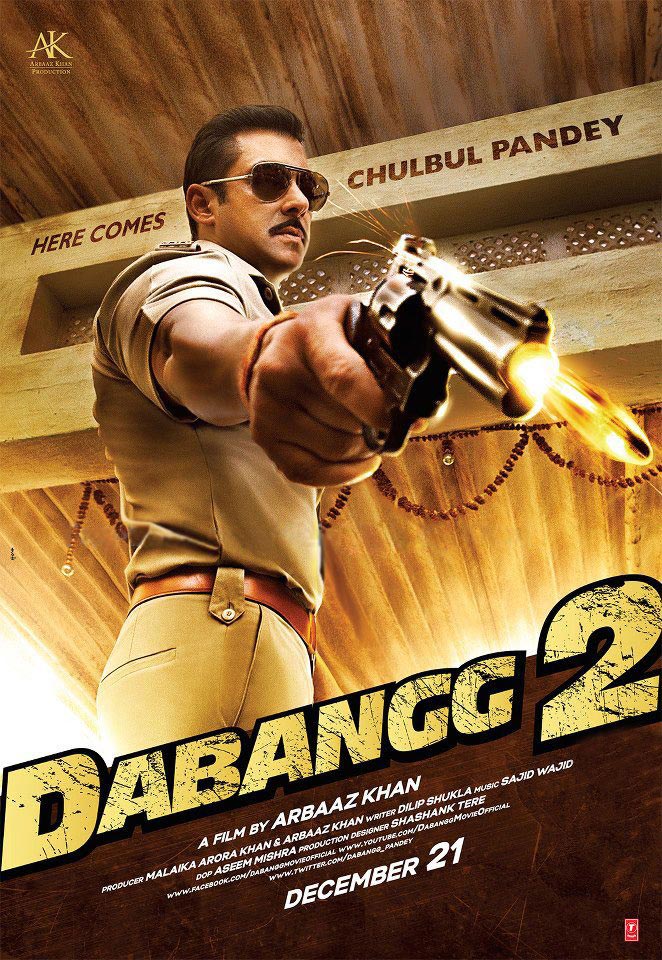This is an excellent review of Scarface.
Brian De Palma’s “Scarface” rises or falls with Al Pacino’s performance, which is aggressive, over the top, teeth-gnashing, arm-waving, cocaine-snorting, scenery chewing — and brilliant, some say, while others find it unforgivably flamboyant. What were Pacino’s detractors hoping for? Something internal and realistic? Low key? The Tony Montana character is above all a performance artist, a man who exists in order to gloriously be himself. From the film’s opening shots, in which he is one more disposable Cuban ex-con in a Florida detention center, his whole drive is to impress his personality and will on others. He begins with no resources or weapons, except for his bravado, and fakes out more powerful men simply by seeming dangerous and resourceful. His act is a bluff, so there is no sense in underplaying it.
Montana is one of the seminal characters in modern American movies, a character who has inspired countless others. If the crime expert Jay Robert Nash is correct, and American gangsters learned how to talk and behave by studying early Hollywood crime movies, then “Scarface” may also have shaped personal styles. There is even a documentary on the new “Scarface” DVD about the movie’s influence on hip-hop performers. The movie has been borrowed from so often that it’s difficult to understand how original it seemed in 1983, when Latino heroes were rare, when cocaine was not a cliche, when sequences at the pitch of the final gun battle were not commonplace. Just as a generation raised on “The Sopranos” may never understand how original “The Godfather” was, so “Scarface” has been absorbed into its imitators.
It takes the name and some of the story structure from Howard Hawks’ famous “Scarface” (1932), starring Paul Muni and inspired by the life of Al Capone. Both movies were assailed for their violence, both are about the rise and fall of a criminal entrepreneur, both characters are obsessed with their sisters, and both die because they used their own product — in Montana’s case, cocaine; in the case of the syphilitic Capone, prostitutes. But the De Palma movie is not a remake in any conventional sense; it takes a familiar story arc, which may even contain echoes of “Macbeth,” and uses it to look at a new character in a new terrain — the Florida of the early 1980s, after Fidel Castro briefly allowed large-scale immigration from his island, sending us boatloads of his tired and weary masses and seizing the opportunity to empty his jails at the same time.
Some of the early footage is documentary, showing news coverage of the arriving refugees and speeches by Castro explaining how he was happy to be rid of counter-revolutionary elements. Tony Montana, broke and a criminal, will do anything to get started in the new land, and quickly hustles a commission to kill a fellow prisoner who is disliked by a wealthy Cuban American. The payoff will be citizenship. “I kill a communist for fun,” he says, “but for a green card, I gonna carve him up real nice.” Soon he has become a lieutenant for Frank Lopez (Robert Loggia), a South Florida druglord, and from there his rise to power is inexorable.
The movie was written by Oliver Stone — interestingly, the same man who directed the largely laudatory documentary “Command-ante” (2003), about his three days in conversation with Castro. Stone has always been at home with stories involving men, drugs, sex and violence, and his work here has a fierce energy; it is possible to see Montana reflecting Stone’s own drive to success. His screenplay, like Ben Hecht’s work for the earlier “Scarface,” is filled with quotable lines (“All I got in my life is my balls and my word, and I don’t break them for nobody”). Stone shows a certain toughness in not trying to soften Montana, who remains a snake from beginning to end; when he gives his mother $1,000, she asks him, “Who did you kill for this?”
For Al Pacino, the role was an opportunity to explore a crime boss who is the polar opposite of his Michael Corleone in Coppola’s “The Godfather.” Corleone is slick and smooth, intelligent and strategic; Montana is instinctive, impulsive and reckless. “The Godfather” was made in 1972, “Scarface” in 1983, and 10 years later Pacino and De Palma worked together on “Carlito’s Way,” where Pacino plays a Puerto Rican criminal who for a time tries to go straight.
His sadder and wiser Carlito, seen with psychological realism, helps us understand how many deliberate acting choices went into the creation of Tony Montana. “Though a busy performance, it’s not a mannered one, meaning that it’s completely controlled,” Vincent Canby wrote in the New York Times on the film’s first release.
“Scarface” shows a man who wants the world, and at one point even sees The World Is Yours blinking at him from the Goodyear blimp. The world for him includes the possession of a desirable woman, and from the moment he sees the blond, slender Elvira (Michelle Pfeiffer), he determines that he must have her. She is Frank’s mistress, but soon Frank is dead, and his mistress and his business belong to Tony. That he must have her is clear, but what he intends to do with her is not; there is no romance between them, no joy, and they have two scenes — one with Tony in a swimming pool and the other in a vast bathtub — where her boredom is palpable. She’s along for the drugs. Tony is much more interested in his sister Gina (Mary Elizabeth Mastrantonio), although his incestuous desires are deflected into a determination to keep all other men away from her. This leads him eventually to the murder of Manolo (Steven Bauer), his closest friend. Gina’s response to his jealousy is so horrifyingly direct (“Is this what you want, Tony?”) that it shows she knows exactly who he is and what buttons she can push.
Scarface” is an example of Brian De Palma in overdrive mode. Like Tony Montana, he isn’t interested in small gestures and subtle emotions. His best films are expansive, passionate, stylized and cheerfully excessive, and yet he has never caved in to the demand for routine action thrillers. Even his failures (“Snake Eyes”) are at least ambitious. There is a mind at work in a De Palma picture, an idea behind the style, never a feeling of indifferent vulgarity. His most recent film, “Femme Fatale” (2002), was one of his best, an elegant and deceptive story based on the theft of a dress made of diamonds, which is stolen from the women wearing it during the opening night at the Cannes Film Festival. That the movie was not more successful is an indictment of the impatience of today’s audiences, who want to be assaulted, not seduced.
A film like “Scarface” is more to their liking, which accounts for the film’s enduring popularity, even in an edited-for-TV version that emasculates it. The movie has a headlong energy, hurtling toward its grand guignol climax. The cinematography, by the great John A. Alonzo, gloriously magnifies the icons in Tony’s life — the mansion, the toys, the lifestyle — and then closes in on small, tight compositions as Tony’s world shrinks.
One of the movie’s best scenes shows Tony at a nightclub, drunk, drugged and exhausted — and heartbroken, we sense, because he has gained the whole world but knows he has not merely lost his soul, but perhaps never had one. The music is by Giorgio Moroder, whose impersonal synthesized techno-pop provides the correct tone for a lifestyle that has the surface of luxury but not the comfort.
And then it all comes around to Pacino. What a complete actor this man is. He can play big or small, loud or soft, tireless or exhausted, always as if it’s the only note he has. Consider him as the sad, doped publicist in “People I Know” (2003), doggedly trying to focus on an idealistic cause through the fog of his own excesses, and see how different that drug-addicted character is from Tony Montana in “Scarface.” Or look back at his early performance as a street hustler in “Panic in Needle Park” (1971).
Pacino has an extraordinary range of styles, and a pitch-perfect ability to evoke them. There is no such thing as “the Al Pacino performance,” because there are too many different kinds of them. Here he plays Tony Montana on an operatic scale, as a man who wants more and more and is finally killed by his own excess. In the final sequence, he has a pile of cocaine on his desk and plunges his nose into it as if trying to inhale life itself. Pacino plays part of that scene with white powder stuck to his nose. The detail is often parodied, but it is a correct acting choice, showing a man who has become heedless of everything except his need. If Pacino goes over the top in “Scarface,” and he does, that’s because the character leads him there; over the top is where Tony Montana lives.
Tags: Al Pacino Brian De Palma Michelle Pfeiffer Oliver Stone Reviews Roger Ebert Scarface







